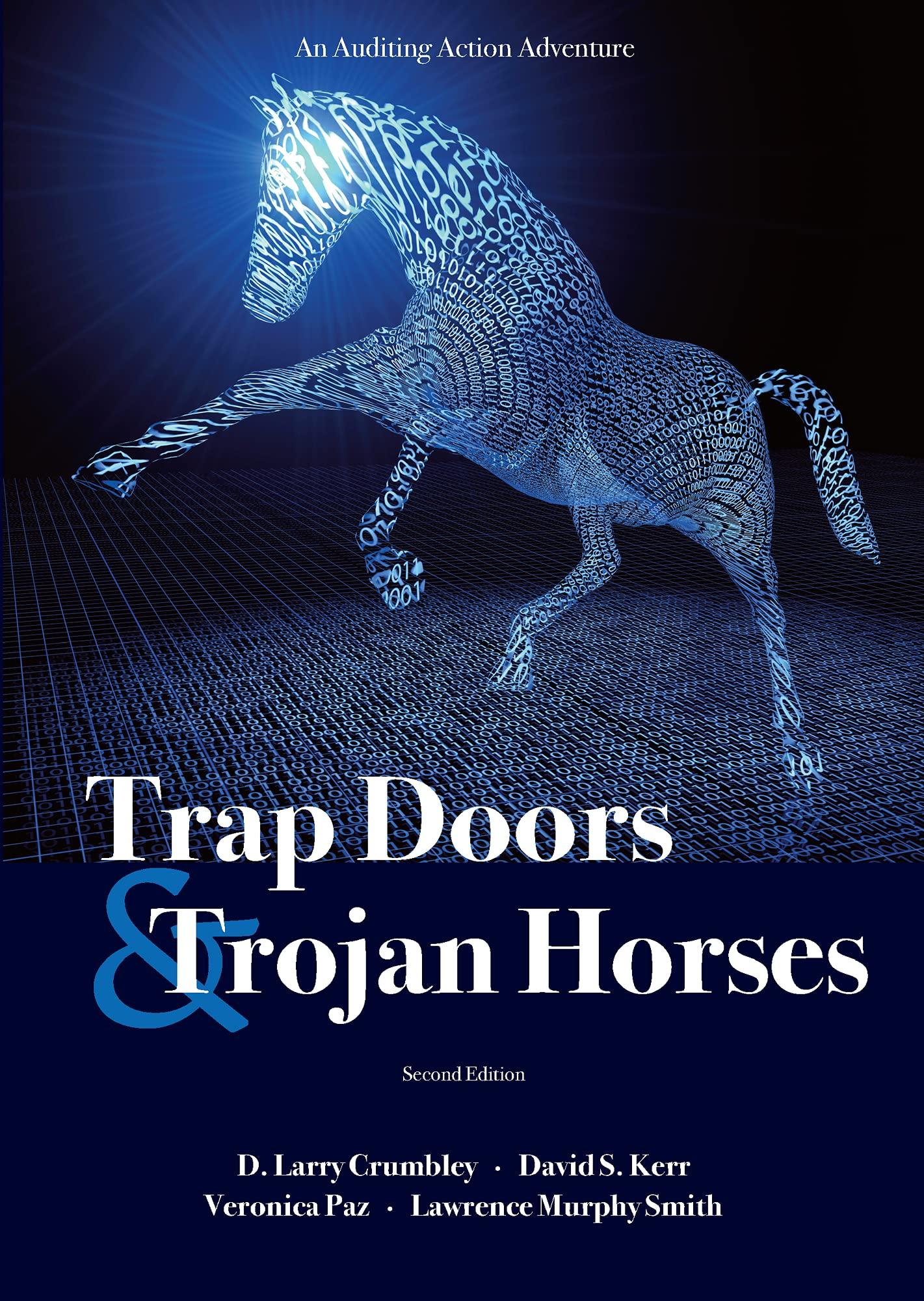purchased equipment = 200,000

Events Acquired $550,000 by signing a note payable with a local bank Sold 25,000 shares of $22 Common Stock for $1,500,000 Purchased Equipment Purchased Inventory on Account - 25.000 Units at $1.15 per unit 5a. Sold 15,000 units at $3.50 on Account COGS for Sales on Account Collect $70,000 on Account Pald $17.250 of Accounts Payable Purchased Inventory on Account 170.000 Units at $1.50 per unit Soid 175.000 units of $3.50 on Account COGS for Sales on Account Colect $472,500 on Account Poid $118.600 of Accounts Payable Puchosed Inventory on Account275.000 units at $1.45 per unit Soic 200.000 units of $3.50 on Account COGS for Sales on Account Collect $735,000 on Account Paid $294,150 of Accounts Payable Purchased Inventory on Account 300.000 units of $1.15 per unit Paid Sales & Marketing Expenses of $30,000 Poid Operating Expenses of 575708 Pold Wege Expenses of $40.000 Paid Product Line Research & Deve opment Expenses of $150.000 Poid Advertising Expenses of $87.500 Made the yeary required payment on the note payable. The note carries a 7% interesirate and requires payments of $50.000 plus interest each December 31. Record Yr 1 Deprecaton on Equpment with Savage value of $38.000 & useful ilfe of 7 yrs Decoredo $10.000 cash av dend for stockholders Pada $10,000 cosh avidena for stockho des Boarce at end of 1 23 10 Horizontal Bal Sheet Blank Song A B D E F G H 1 L Goods Available for Sale Price/ Units Unit Total Cost of Goods Sold Price/ Units Unit Total Ending Inventory Price/ Units Unit Total 2 3 Beg Bal 4 Purchases: 5 6 7 8 9 10 12 13 Total 14 15 NOTE: You will need to calculate your estimated COGS for the budget template tab using the 16 Weighted Avergae method discussed in LOS-6 17 Flexible Budget Master Budget at Actual Units Sold in Year 1 Actual Units Sold+ 25,000 Actual Units Sold +50,000 Sales Revenue Cost of Goods Sold Gross Profit Operating Expenses Sales & Marketing Operating costs Wages Research & Development Expense Advertising Expense Depreciation Exp Interest Expense Net Income Inventory Production use ending inventory from CORRECTED horizontal balance sheet for beginning inventory for the Beginning Inventory + Purchases - Estimated COGS Desired Ending *actual units at weighted average COGS/unit Purchases Note: Calculate next year's estimated purchases for desired ending inventory of 535,000, assuming your ending inventory from the horizontal balance sheet is your beginning inventory for the next year. For Estimated COGS, use the weighted average COGS and last year's actual units Breakeven Calcuation BEFC/ Contribution B D P 1 1 Income Statement Year 1 2 3 4 Sales Revenue 5 Less: Cost of Goods Sold 6 Gross Margin $ 7 9 10 8 Less: Expenses Sales & Marketing Operating Costs Wages 12 Research & Development Expense 13 Advertising Expense Depreciation Expense 15 Interest Expense 16 Total Operating Expenses 14 $ 17 18 Net Income (Loss) $ 19 20 1 2 3 Balance Sheet Year 1 4 5 Assets 6 Cash $ $ 7 B 9 $ 3 Total Assets $ 15 Liabilities 16 Accounts Payable 18 20 Total Liabilities $ $ 22 Stockholders Equity 23 24 25 Total Stockholders Equity $ 27 23 29 Total Liabilities and Stockholders Equity $ 2 Statement on Stockholders' Equity Year 1 3 4 $ 5 6 Beginning Common Stock 7 Plus: common stock issued 8 Plus: additional paid in capital Ending Common Stock 10 11. Beginning Retained Earnings 12 Plus: Net Income 13 Less: Dividends 1 Ending Retained Earnings 15 16 Total Stockholders' Equity 12 2 Statement of Cash Flows Year 1 3 4 s Cash flows from operating activities 6 Cash receipts from revenue Cash payments for expenses 8 Net cash flow from operating activities 7 $ $ 9 10 Cash flows from investing activities: 21 Cash payments to purchase equipment $ 12 13 Cash flows from financing activities: 14 Cash receipts from borrowing funds 15 Cash receipts from issuing common stock 16 Cash payments to repay borrowed funds 17 Cash payments for dividends 18 Net cash flow from financing activities $ 19 $ 20 Net increase/(decrease) in cash 21 Plus: beginning cash balance 22 Ending cash balance $ 23 24















